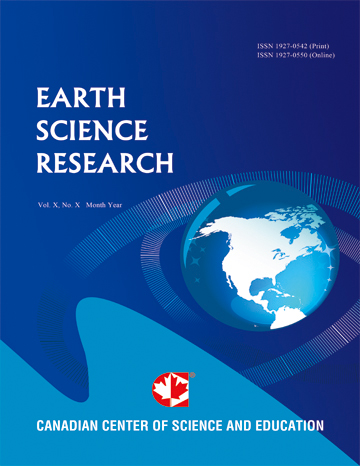Topographic Map Analysis of the North Platte River-South Platte River Drainage Divide Area, Western Larimer County, Colorado, USA Eric Clausen
- Eric Clausen
Abstract
The United States Supreme Court settled legal disputes concerning four different Larimer County (Colorado) locations where water is moved by gravity across the high elevation North Platte-South Platte River drainage divide, which begins as a triple drainage divide with the Colorado River at Thunder Mountain (on the east-west continental divide and near Colorado River headwaters) and proceeds in roughly a north and northeast direction across deep mountain passes and other low points (divide crossings) first as the Michigan River (in the North Platte watershed)-Cache la Poudre River (in the South Platte watershed) drainage divide and then as the Laramie River (in the North Platte watershed)-Cache la Poudre River drainage divide. The mountain passes and nearby valley and drainage route orientations and other unusual erosional features can be explained if enormous and prolonged volumes of south-oriented water moved along today’s north-oriented North Platte and Laramie River alignments into what must have been a rising mountain region to reach south-oriented Colorado River headwaters. Mountain uplift in time forced a flow reversal in the Laramie River valley while flow continued in a south direction along the North Platte River alignment only to be forced to flow around the Medicine Bow Mountains south end and then to flow northward in the Laramie River valley and later to be captured by headward erosion of the east-oriented Cache la Poudre River-Joe Wright Creek valley (aided by a steeper gradient and less resistant bedrock). Continued uplift next reversed flow on the North Platte River alignment to create drainage routes seen today. While explaining Larimer County North Platte-South Platte drainage divide area topographic map drainage system and erosional landform evidence this interpretation requires a completely different Cenozoic history than the geologic history geologists usually describe.
- Full Text:
 PDF
PDF
- DOI:10.5539/esr.v10n1p49
Index
Contact
- Lesley LuoEditorial Assistant
- esr@ccsenet.org
